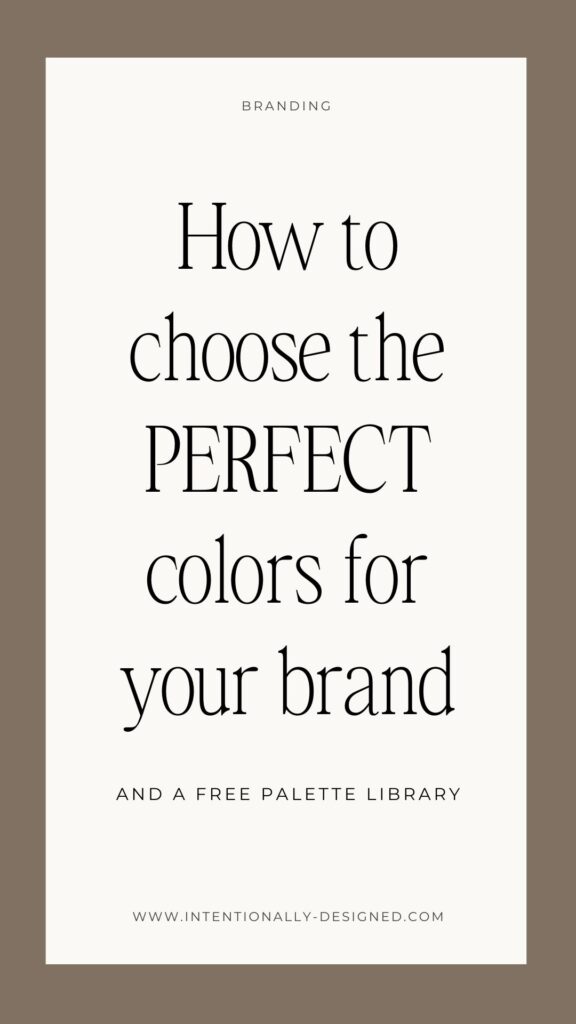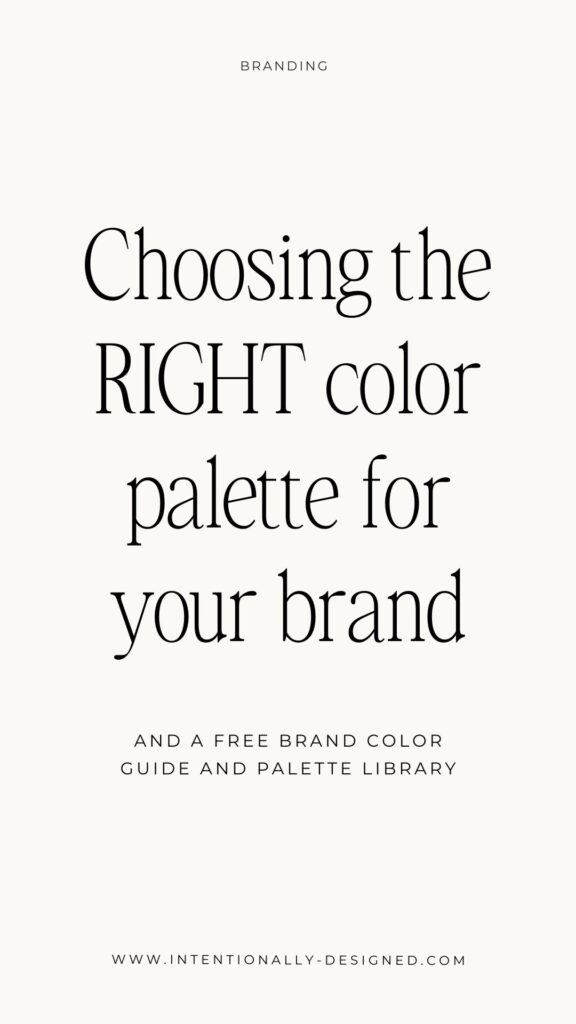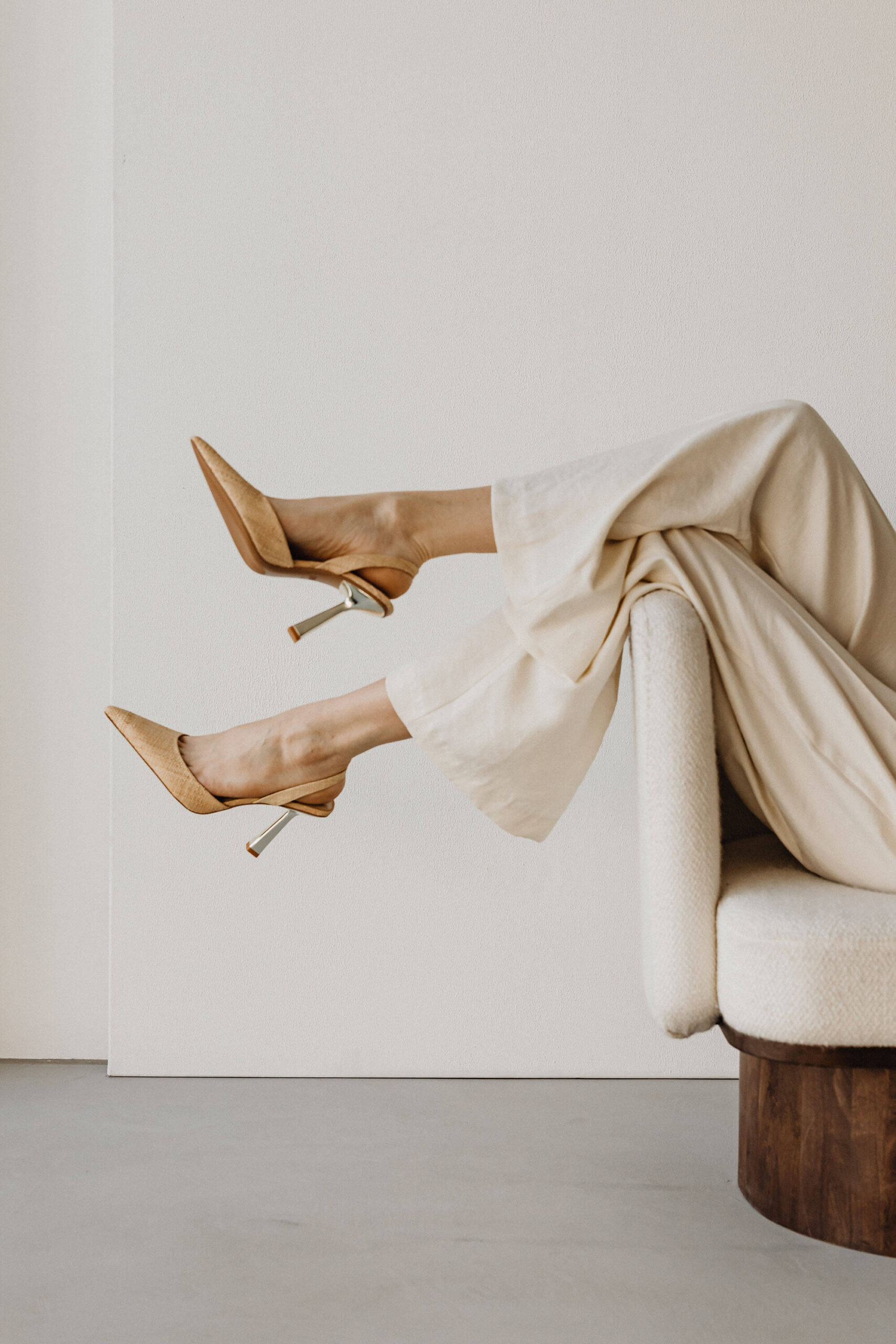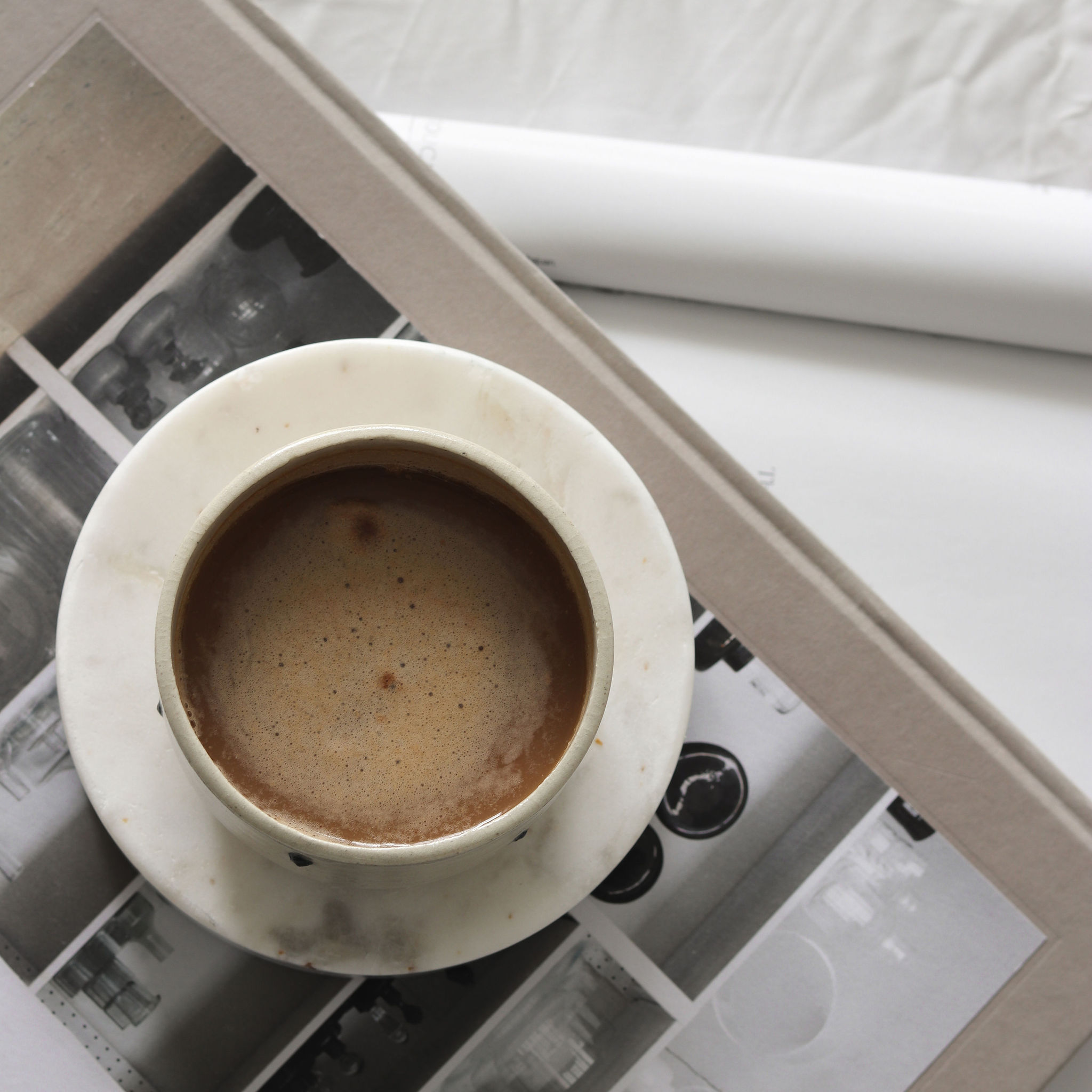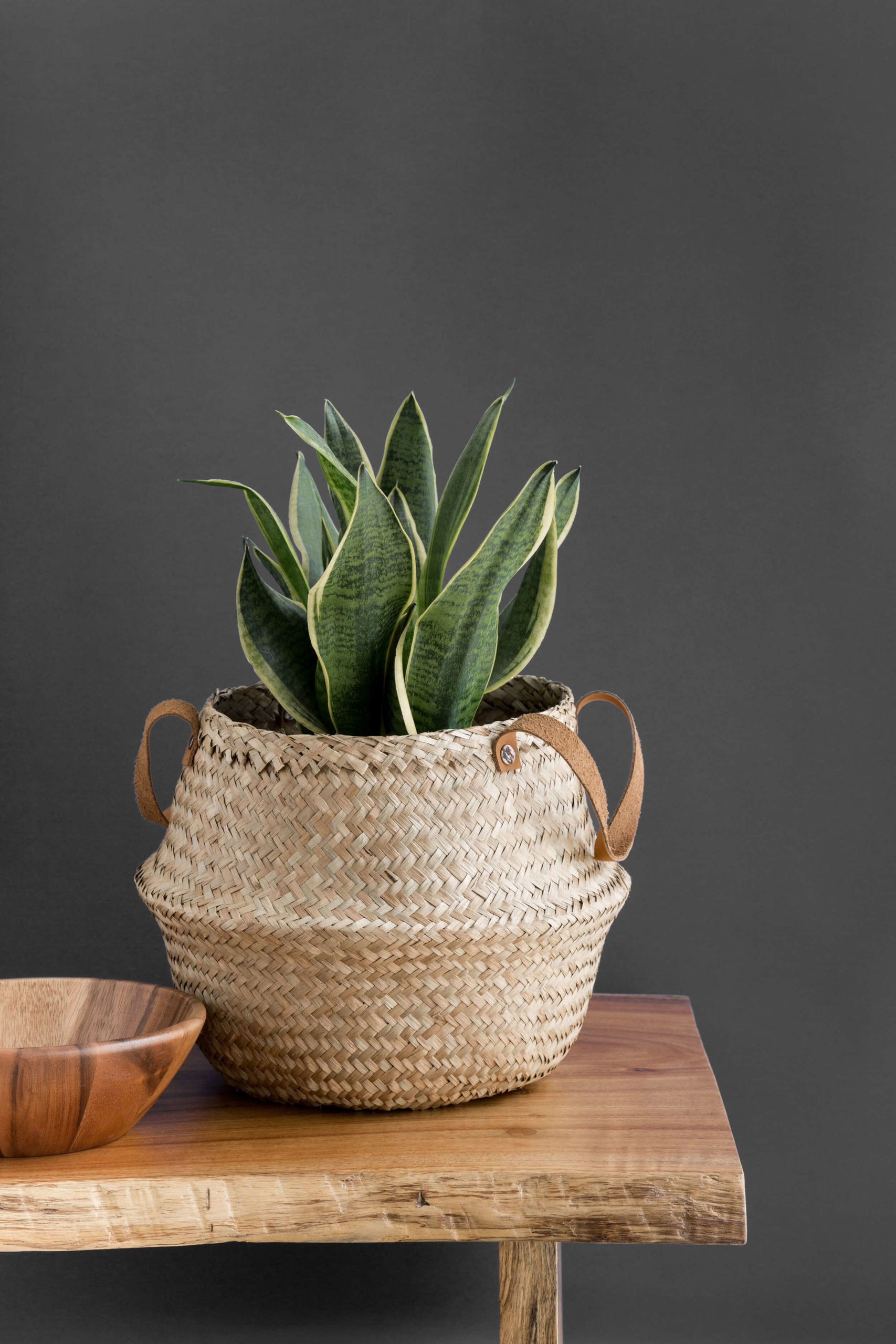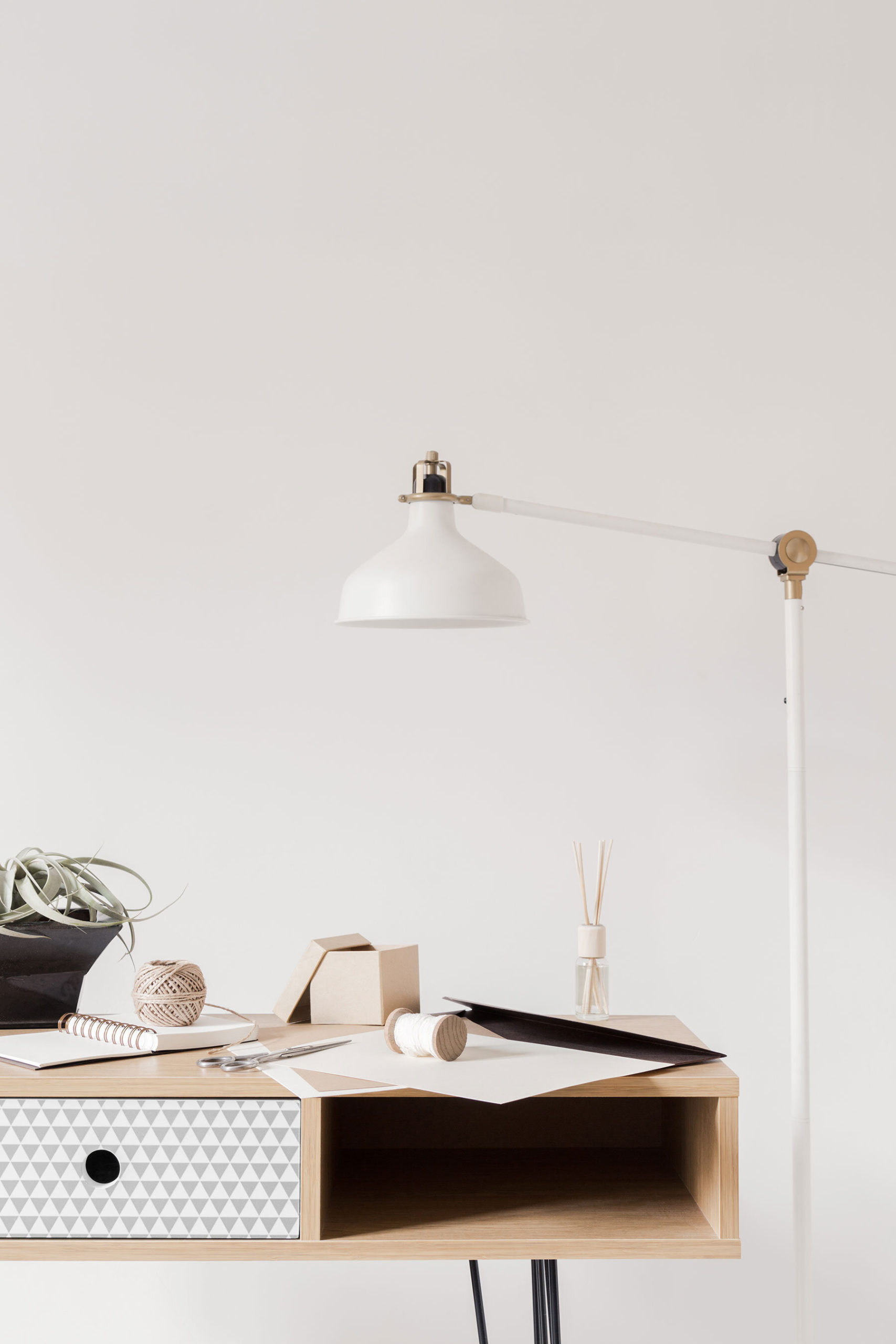Choosing colors for your brand can feel like sorting through a giant box of crayons. When it comes to the colors you use for your brand, it’s not just about making things look pretty; colors speak a language of their own. With so many color options it can be a little confusing and overwhelming, but this will help you understand how to choose brand colors.
Why your brand colors matter
Brands and color are tied together closely because color is one of the easiest ways to convey meaning and message without words.
Your visual brand communicates the idea or message of your business and forms the initial connection with consumers. And color can play a big part in that. Different colors communicate different feelings and can instantly influence the perception of your brand and business.
Our minds are programmed to respond to color and often people see color before they see anything else. According to a study by the University of Loyola, color increases brand recognition by up to 80%.
Color can catch someone’s eye, hold their attention, and help them remember certain things. So it only makes sense that color used in a certain way in your branding can help influence their perception and build recognition.
Color can play a huge part in emotions and buying. There is a reason why people prefer certain colors over others. This preference says volumes about our personalities because each color has an association with a reaction our brain has when we internalize it.
The right colors can drive your audience to take specific actions, like buy a product, or feel specific emotions. It’s so powerful in fact that research has shown that 90% of consumers make snap judgments about products based on color alone.

How to choose your brand colors
When it comes to choosing the right color and combination of colors for your brand, there is more to consider than you think. You want to think about your style and preference, what your audience is drawn to, and what color psychology is saying about your brand.
Since you’ve already developed your overall aesthetic, this is going to drive your color palette choices greatly. You’ll use that as your starting point and nail down the specific shades and tones from there. You can use the overall color palette from your mood board and make sure those colors match up with the psychology behind the color as well as align with your brand’s personality and ideal audience.
Just picking a handful of colors for your brand isn’t enough. You need to take it one step further and think about how those colors will be used for more brand consistency and overall design aesthetics.
You don’t want to use all dark colors and have no contrast, making it hard to read text. Or you don’t want to have all bright colors with no neutral to tie it together. Using a mix of dark and light colors is best because varying the shades will add interest to your branding. It will also give you versatility in your visual content.
Essentially, you want to think about how these colors are going to be used so that you end up with a range of colors and different tints, shades, and tones for variation.
You’ll want to define:
- 1-2 primary colors that will be used most often
- 1-2 secondary colors that will be used in contrast
- 1-2 accent colors that will be used for smaller accent elements
This will give you a well-rounded palette with different options for different uses when executing your brand.
Recap
Colors aren’t just for making things look good—they’re like your brand’s silent superheroes. They talk to people without using any words. Choosing the right brand colors is key in defining your brand. Make sure to choose primary colors, secondary colors and accent colors wisely and use them consistently to create a clear brand style and recognition.
Next Steps
Need help choosing your brand colors? Grab the FREE brand color guide and palette library to get started. Then take it a step further with the Brand Style Workbook to clearly define your full brand style. Once you have your brand aesthetic established, you can polish off your brand visuals with a premade brand for an effortlessly elevated brand.
More Resources
- Why you don’t need a brand identity at the beginning of your business
- When to invest in custom branding or rebranding
- Why you should work on your branding first
- The 4 stages of creating your brand
- FREE Brand Color Guide
- Brand Style Workbook
- Premade Brands
Save for later
Enjoy this article and find it helpful? Pin this image on Pinterest so you’ll always have this info on hand!
